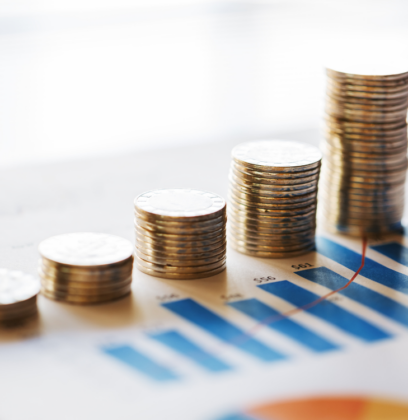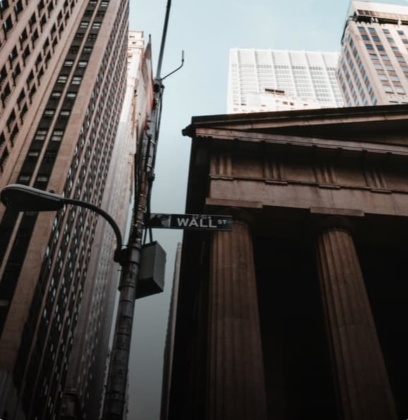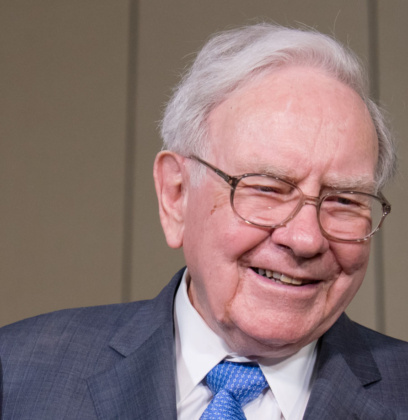
When exploring ways to build long-term wealth, chances are you’ll come across several sources talking about the importance of things like diversification and budgeting, amongst others. While these strategies are all essential building blocks, what many people tend to overlook is the power of compounding in driving wealth creation over time.
It’s not just a concept reserved for mathematical textbooks or finance professionals; it’s the very foundation upon which great fortunes are built. In fact, Warren Buffett, through Berkshire Hathaway, has long championed this approach, demonstrating how reinvesting earnings rather than paying dividends can unlock extraordinary value over time.
What is Compounding?
At its core, compounding is the process of earning returns on both your original investment and the returns generated by that investment. Think of it as a snowball rolling down a hill, gathering more snow, or in this case, wealth, as it grows. The longer the timeframe, the more impactful compounding becomes, making it one of the most powerful tools for investors focused on sustained capital growth.
For example, an initial investment of $10,000 growing at an annual rate of 8% will double to $20,000 in approximately nine years. But keep it invested for 36 years, and that initial $10,000 compounds into just under$160,000.
Berkshire Hathaway’s Active Approach to Compounding
Berkshire Hathaway follows the same principle of compounding, but employs a more active and strategic approach. Instead of paying shareholders dividends, the company strategically reinvests its profits into buying new businesses, expanding existing ones, or investing in high-quality, carefully selected stocks.
Each of these investments generates additional profits, which are then reinvested, creating a self-reinforcing cycle of growth. This process, often referred to as business compounding, enables Berkshire to grow its wealth exponentially over time.
This approach is similar in principle to traditional compounding, but, instead of relying on fixed interest or automatic reinvestment, it depends on smart, long-term investment decisions made by Buffett and his team.
How a No-Dividend Policy Accelerates Compounding
Maximising Growth Through Reinvestment
When a company pays dividends, it indicates stability and a commitment to rewarding investors with immediate returns. However, it is worth noting that prioritising short-term payouts can come at a cost. By distributing profits instead of reinvesting them, the company has less capital to drive future growth, ultimately limiting its ability to let earnings compound over time.
Berkshire Hathaway has famously and consistently avoided dividend payouts, instead reinvesting profits back into their existing businesses or new acquisitions. This approach is a hallmark of Berkshire’s business model, which is deliberately designed to amplify growth by ensuring that every dollar stays at work within the company, compounding over time, rather than being distributed to shareholders who may not reinvest it as efficiently.
Avoiding Tax Drag
Dividends are often subject to taxes, which can erode returns over time. By reinvesting earnings instead of distributing them, Berkshire can sidestep this tax drag, keeping more money invested and allowing it to compound over time. While the tax implications of dividends are different in Australia compared to the US, if you are an investor at a personal tax rate higher than the company tax rate, there is still a benefit to forgoing dividends in favour of compounding. This approach aligns perfectly with the long-term growth objectives of shareholders who prioritise wealth accumulation over short-term income.
By focusing on strategic reinvestment instead of short-term payouts, Berkshire maximises the benefits of compounding and grows shareholder value exponentially over time.
How Reinvestment Drives Wealth Creation
Capitalising on Opportunities
Reinvestment enables companies to expand their operations, acquire new businesses, and fund other growth initiatives. So, instead of relying on shareholders to redeploy dividends, companies strategically allocate capital where it will generate the highest returns.
Berkshire Hathaway, for example, consistently channels profits back into both existing subsidiaries and carefully selected acquisitions, rather than paying out dividends. In doing so, the company often generates higher returns on reinvested capital than individual shareholders could achieve on their own.
Resilience During Market Downturns
Companies with reinvestment-focused strategies are often better positioned to navigate economic challenges. Maintaining robust cash reserves ensures that businesses can continue operating, funding key initiatives even when the economy slows, further fueling long-term growth. Berkshire offers a perfect example with its $325 billion cash reserve (as of January 2025), giving the company the flexibility to seize opportunities and act decisively in volatile markets.
Compounding in Action: A Berkshire Hathaway Case Study
Berkshire Hathaway perfectly exemplifies the transformative power of compounding. From 1965 to 2022, Berkshire achieved a compounded annual gain of 19.8%, compared to the S&P 500’s 9.9%, including dividends.
Berkshire Hathaway’s extraordinary growth reflects Buffett’s disciplined approach and long-term focus. By eschewing dividends, Berkshire retained and reinvested capital into high-quality businesses and strategically selected stocks. Each reinvested dollar generates additional profits, which are then reinvested, creating a virtuous, self-reinforcing cycle of growth.
Unlike traditional compounding in a savings account, which relies on fixed interest, Berkshire’s approach compounds through strategic decision-making and capital allocation. Over time, this method enables wealth to grow exponentially, demonstrating how reinvesting profits within a business, rather than distributing them, can drive substantial long-term wealth creation for shareholders.
Why Time is Your Greatest Asset
Embracing the Power of Compounding with GFL
Building lasting wealth is not about chasing short-term gains; it’s about harnessing the power of long-term compounding. Reinvesting profits and allowing returns to accumulate over time can lead to exponential growth, rewarding investors who are both disciplined and patient.
At Global Masters Fund, we strive to provide our shareholders with a tax-efficient vehicle for generating sustained capital growth. We do this by investing in high-quality global assets with sustainable competitive advantages that share our commitment to achieving consistent, long-term capital growth.
To learn more, contact our team, and if you have any questions, we’ll be happy to assist you.












